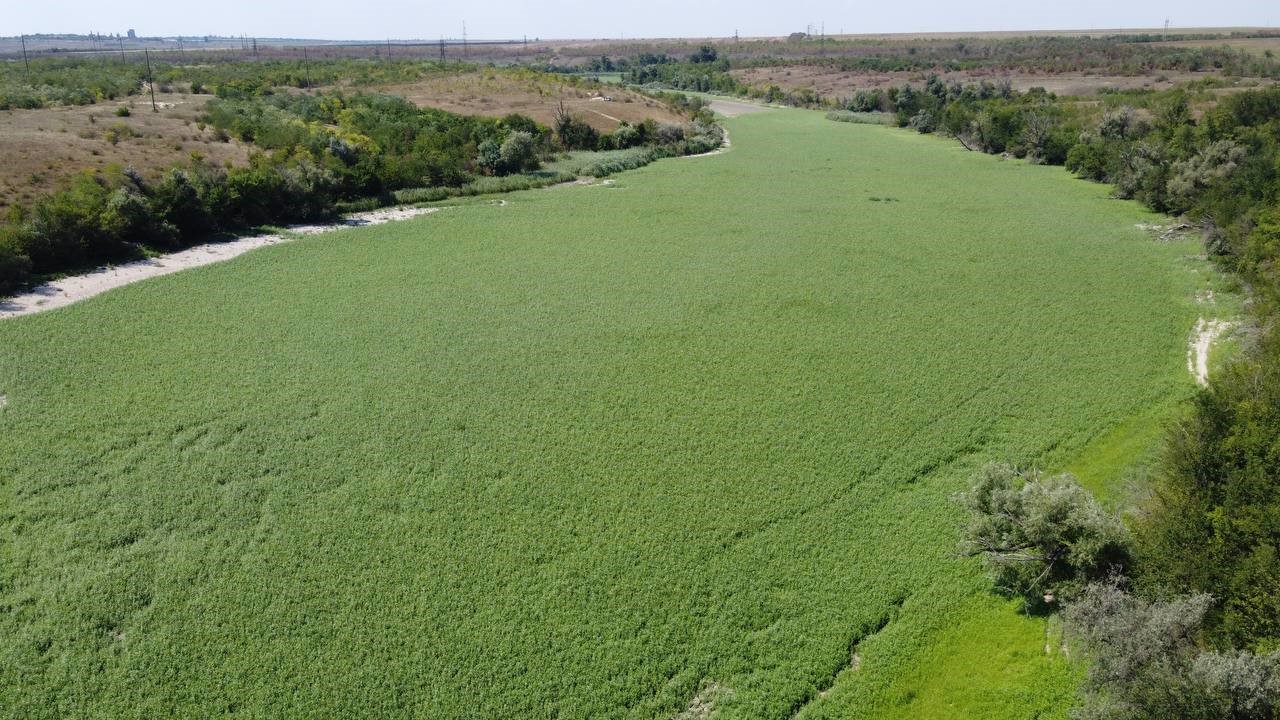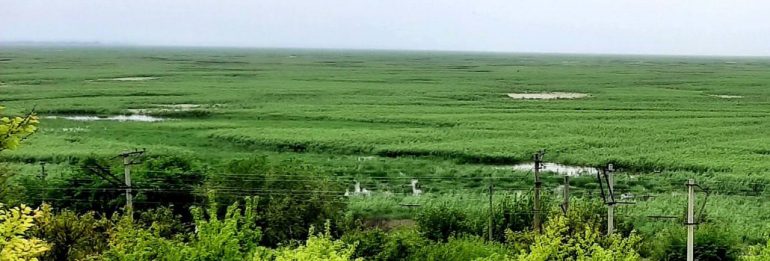After the disappearance of the Kakhovka Reservoir, nature began to restore the lost space. In its place a dense forest grew, which quickly became a new home for many wild animals. The return of vegetation and the emergence of a new ecosystem has attracted a variety of fauna that are once again inhabiting these areas. This restoration process demonstrates nature's incredible ability to heal and adapt.
Restoration of the Kakhovskaya hydroelectric power station will cause large-scale environmental damage, experts say: The Great Meadow comes to life
Journalists report that environmentalists are opposed to the restoration of the Kakhovka hydroelectric power station, arguing that it would be a large-scale act of ecocide. On the site of the former reservoir, 150 thousand hectares of young forest grew, which formed on the territory that was previously flooded after the construction of the Kakhovskaya hydroelectric power station dam. This information was announced in a DW report.
As a result of the destruction of the Kakhovskaya hydroelectric power station, the water left, opening the territory of the Great Meadow. Over the course of a year, a forest several meters high has grown in this place, which has already attracted many wild animals.
Ecologist Vadim Manyuk said that previously this place was a reservoir and did not attract wild animals. Now, after its shallowification, wild boars, roe deer, hares and foxes have returned here, and small rodents, including mouse-like ones, have also begun to appear. It is possible that badgers also live in this territory, Manyuk noted.
Journalists report that Ukraine is already actively discussing the possibility of restoring the Kakhovka hydroelectric power station, destroyed by Russian occupiers on June 6, 2023. However, environmental activists oppose this idea.
“If restoration takes place, it will be a much larger act of environmental destruction compared to what happened before,” Manyuk warned.

According to Manyuk, preserving the natural aquatic floodplain landscape will have a beneficial effect on the ecosystem and can help regulate climate. If the territory develops independently, the Great Meadow could become one of the five most valuable environmental zones in Ukraine, along with the Carpathian and Chernobyl biosphere reserves.
Earlier it became known that Ukrhydroenergo is preparing a lawsuit against Russia in the amount of €2.5 billion due to the destruction of the Kakhovka hydroelectric station. As a result of the explosion of the hydroelectric power station, Ukraine lost 35% of its fresh water reserves and lost the ability to supply water to four regions and Crimea. Many law firms have expressed their readiness to represent the interests of Ukraine in this litigation.
Transformation of reservoirs: examples when flooded areas come to life
There are several unique examples in the world where old reservoirs and flooded areas gradually turned into forests. These transformations demonstrate nature's amazing ability to heal and adapt.
One example is the territory of the former Kakhovka reservoir in Ukraine, where after the destruction of the Kakhovskaya hydroelectric power station, an impressive forest area of 150 thousand hectares formed on the site. This process happened relatively quickly, and within a year trees began to grow on these lands, which attracted many wild animals.
Another interesting case is a former reservoir in Japan, which also turned into a dense forest after the water level dropped. Here the development of rich flora and fauna was observed, which quickly occupied the vacated territory.
In Sweden, where old reservoirs also became forest areas over time, similar processes are observed. Such cases highlight how, even in human-altered landscapes, nature can quickly adapt and create new ecosystems.

In addition, in Canada, after the drainage of some reservoirs, new forest zones arose in their place, which became home to various species of animals and plants. These examples show how old water bodies can be converted into productive forests, playing an important role in maintaining biodiversity and ecosystem services.
These examples vividly illustrate how natural ecosystems are able to adapt and recover despite significant changes in the landscape. The transformation of former reservoirs into forested areas demonstrates the amazing power of nature in creating new ecosystems and maintaining biodiversity. These processes not only restore natural balance, but also create important areas for wild fauna, and also help regulate climate and improve the ecological state of the environment. Preserving such natural processes and supporting their development may become key aspects in strategies for sustainable management of natural resources and ecosystems in the future.

